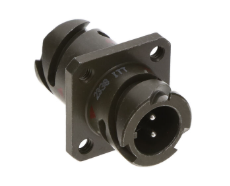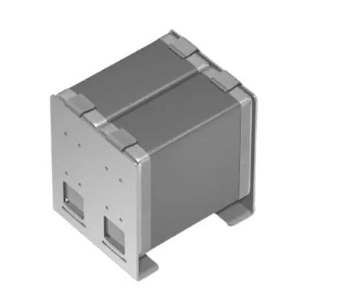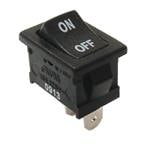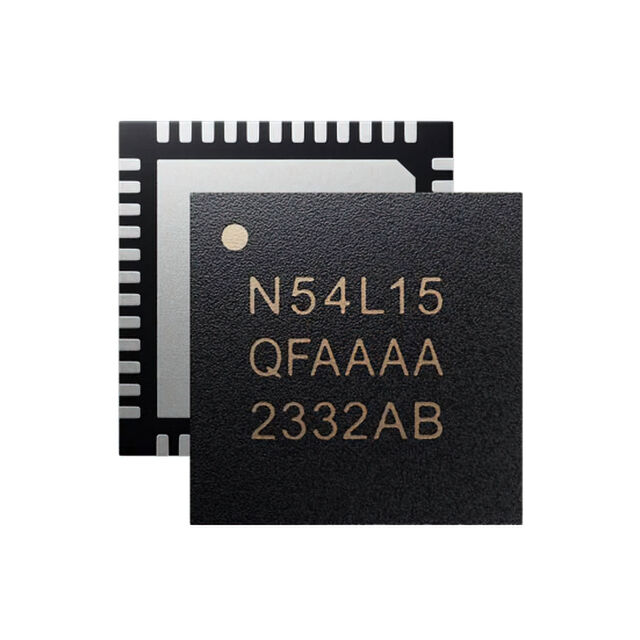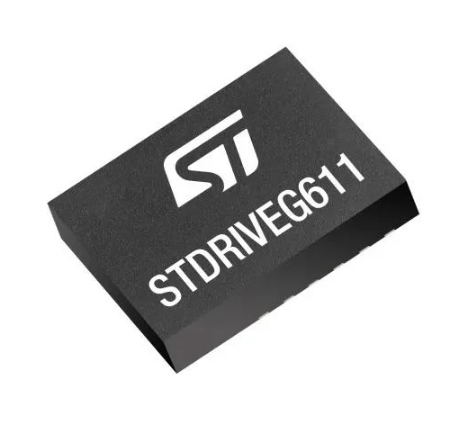Reaching the next step for AI data centre PSUs
Power Supply Units (PSUs) play a critical role in ensuring the smooth operation of the data centres of today. As AI workloads become increasingly more mainstream and demanding, the need for efficient, reliable, and scalable PSUs has never been more important.
This article originally appeared in the January'25 magazine issue of Electronic Specifier Design – see ES's Magazine Archives for more featured publications.
By Harry Fowle, Associate Editor
Here, I explore the current state of PSUs within AI data centres and look ahead to what’s next in the evolution of these critical components as AI application demands increase.
The current data centre PSU landscape
Data centres have always been notoriously power-hungry, however what we once thought as 'a lot' has been shadowed by the new wave of AI data centre power demands. Data from the International Energy Agency (IEA) states that data centres are one of the biggest driving forces in the uptick of energy usage in recent years. In 2022, data centres counted for around 460TWh, or 2% of global energy usage (which is a whole lot), with future prediction putting the number at 1,000TWh by just 2026. That level of energy consumption is comparable to the entire energy usage of Japan, for reference.
And this is only the beginning for AI.
To address this rising energy need, the IEA suggests updated regulations and technological improvements as key factors, primarily in reference to efficiency. This is where the next generation of PSUs enter the picture. Significant efficiency gains in PSUs within AI data centres are key to mitigating the impact of AI.
Whilst gains can most certainly be made in other areas, like CPU efficiency, PSUs sit as one of the biggest consumers of energy in the data centre industry and will need to evolve to match these emerging trends. The exponential adoption of CPUs in next generation data centre racks is outweighing the efficiency gain being made, thus the problem shifts down to the PSUs powering them.
Here, the power densities of PSUs are being targeted, and doing so means that more efficient CPUs can be adopted more widely.
Currently, industry standards for PSUs, such as 80 PLUS Platinum & Titanium certifications, ensure that PSUs operate at a ‘peak’ efficiency, reducing energy waste and operating costs. Since 2012, Titanium has sat as the top standard, which requires all PSUs adhere to 90% efficiency at 10% load, 96% at 50% load, and 91% at 100% load with a 320V input.

Figure 1: Current 80 PLUS PSU efficiency standards as they move into tomorrow
However, as the demand for more efficiency increases, these benchmarks are trending upwards. Future version of this 80 PLUS standard will likely see efficiencies reach above 97% efficiency at 50% of load, whilst pushing for improved densities, peak power, and hold up times.
This is especially important given the nature of data centre PSU form factors. The PSUs found in AI data centres adhere to three common form factors: CRPS185 (common redundant power supply), CRPS265, and OCP (Open Compute Project). This is so that deployment and maintenance is made much simpler whilst also reducing redundancies.
These sizes are fixed for the foreseeable future given that downtime in AI data centres can result in significant financial losses and disrupt critical operations. So, to deliver increased power, PSUs of the future must feature more power density as well as the obligatory efficiency, reliability, and manageability gains.
However, to achieve this outcome a new problem needs to be solved – the limits of silicon. Silicon, whilst a holy grail for electronics amongst others, has hit the ceiling in terms of power density and efficiency. To address this, the next generation of PSUs needs to turn to wide bandgap semiconductors such as Silicon Carbide (SiC) & Gallium Nitride (GaN).
Wide bandgap semiconductors like GaN & SiC are swiftly becoming the next step for power electronics. These materials have a larger bandgap, which allows them to operate at higher voltages and temperatures whilst also offering lower losses. This makes them ideal for the AI data centre efficiency problem. Whilst GaN and SiC both provide similar key advantages, their distinct characteristics actually make one more suitable for specific use cases than the other.
SiC features a bandgap of 3.26 eV (electron volts) and is known for its high thermal conductivity, electric field breakdown strength, and thermal stability. These features allow the material to handle much higher voltages and temperatures.
GaN has a bandgap of 3.4 eV, meaning that it can handle higher electron mobility than SiC, critical to high switching speeds and high frequency operations. GaN’s bandgap also supports its use in applications requiring high efficiency and compact designs, as well as supporting the use of planar transformers.
As the amount of AI data centres grows, as well as more powerful and demanding iterations, wide bandgap will become effectively essential.
Meeting the demand
Many companies in the past couple of years have made this next generation of AI data centre PSUs a focal point in their portfolio to address the rising concerns. By developing SiC- & GaN-based PSUs, alongside technologies to enable them like gate structures, companies are able to achieve designs which take the form factors of old yet cram high levels of power density and efficiency.

Navitas are one such example of a company on a mission to achieve this, offering some of the most powerful solutions currently through its GeneSiC & GaNSafe families.
In July 2024, Navitas released its first big step onto its AI data centre pipeline with its 4.5kW AI data centre power supply reference design featuring 137W/in3 power density, over 97% efficiency at 50% load in a CRPS185 form factor. This was achieved by utilising an interleaved CCM totem-pole PFC using SiC alongside a full-bridge LLC topology based on GaN. This dynamic approach takes the best of each material to achieve high frequency, cool operation, improved reliability, and big gains to power density and efficiency.
Move forward to November 2024, Navitas then announced its next step with the launch of an 8.5kW PSU platform. This continued the SiC & GaN usage trend delivering an AI-optimised 54V output with 98% peak efficiency delivered in an OCP and Open Rack v3 (Orv3) compliant package. This PSU utilised GaNSafe and Gen-3 Fast SiC MOSFETs that are configured in 3-phase interleaved PFC and LLC topologies. This 3-phase design provided the final product with low ripple current and EMI.
Now, Navitas is moving towards its goal to support 2025 AI power requirements with a 10kW PSU design, the next step on its way to ‘12kW AC-DC converters and beyond.’


